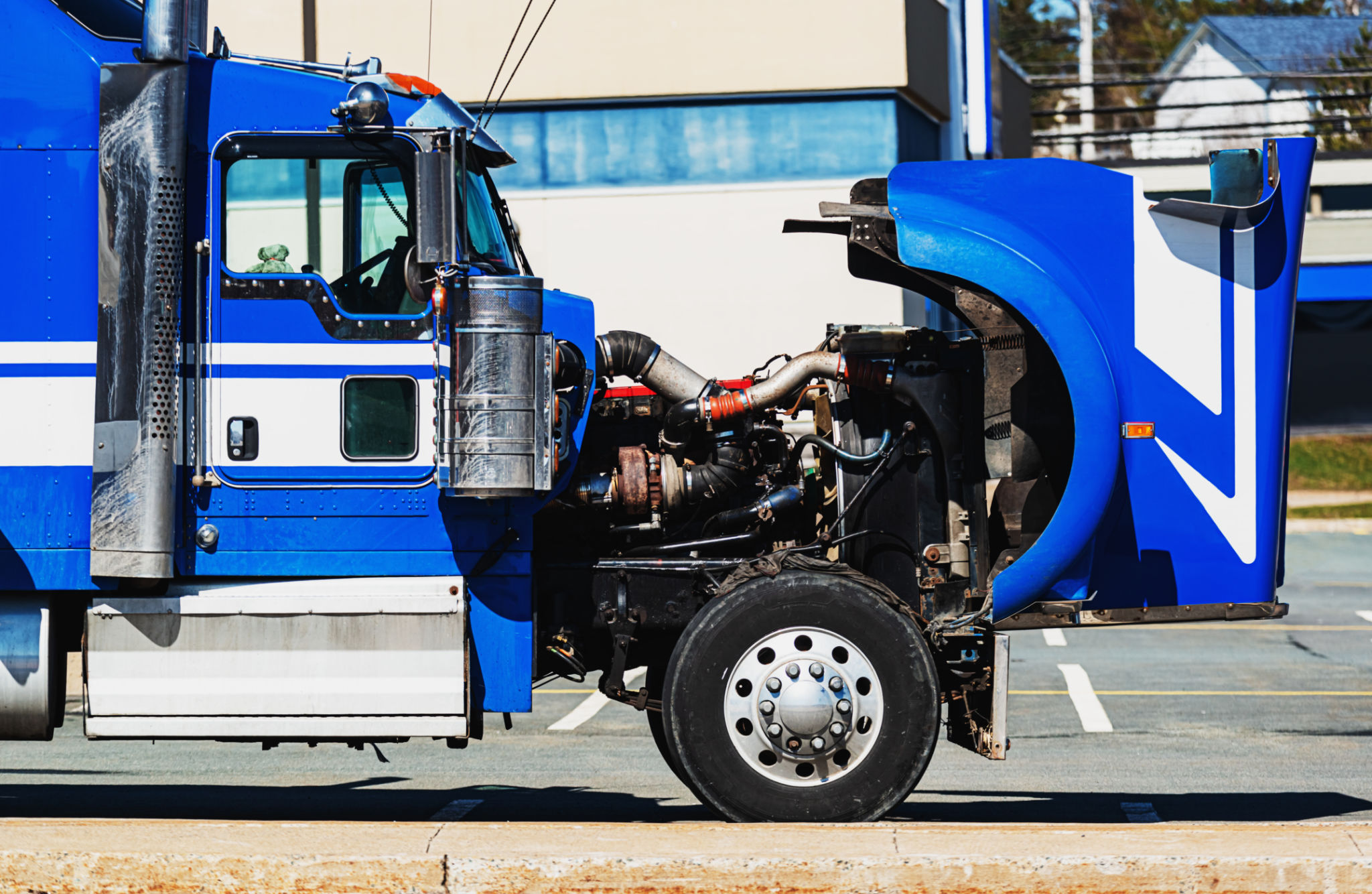Understanding Oklahoma's Trucking Regulations: What Businesses Need to Know
Introduction to Oklahoma's Trucking Regulations
Operating a trucking business in Oklahoma requires a comprehensive understanding of the state's trucking regulations. These rules are designed to ensure safety, streamline operations, and maintain infrastructure. Whether you're a seasoned logistics company or a new business venturing into transportation, staying informed about these regulations is crucial.
Oklahoma's trucking regulations cover various aspects, from vehicle specifications to driver qualifications. Complying with these rules not only ensures smooth operations but also helps avoid potential fines and legal issues. For anyone involved in this industry, staying up-to-date with current laws is essential.

Vehicle Requirements and Specifications
One of the primary areas of focus in Oklahoma's trucking regulations is vehicle compliance. Trucks must adhere to specific size and weight limits to operate legally on state roads. The state follows federal guidelines closely but also imposes some unique restrictions that businesses need to be aware of.
For instance, the maximum allowable weight for a truck is determined by the number of axles it has. Additionally, vehicles need to meet certain safety standards, including regular inspections and maintenance checks. Ensuring that your fleet is compliant with these requirements is a foundational step in maintaining regulatory adherence.

Licensing and Permits
Operating a commercial trucking business in Oklahoma requires obtaining the necessary licenses and permits. This includes a Commercial Driver's License (CDL) for drivers, which mandates passing both written and practical exams to ensure competence in handling large vehicles.
Furthermore, businesses must secure appropriate permits for transporting oversize or overweight loads. These permits are crucial for legal operation and are subject to specific conditions that dictate when and where transportation can occur. Keeping track of your permits and ensuring they are up-to-date is vital for uninterrupted operations.
Driver Qualifications and Safety Regulations
Driver safety is a top priority in Oklahoma's trucking regulations. Businesses must ensure that their drivers meet all the qualifications required by law. This includes not only having a valid CDL but also maintaining a clean driving record and undergoing regular health checks.

Moreover, there are strict regulations on driving hours to prevent fatigue-related accidents. Drivers must adhere to the Hours of Service (HOS) rules, which limit the number of hours they can drive consecutively and mandate rest periods. These laws are in place to protect both drivers and other road users, emphasizing the importance of compliance for safety.
Environmental and Emission Standards
In addition to safety and operational regulations, Oklahoma has specific environmental standards that trucking companies must follow. These regulations aim to reduce emissions and promote environmentally friendly practices within the industry.
Trucking businesses are encouraged to use fuel-efficient vehicles and adopt practices that minimize their environmental impact. Staying informed about emission standards and making necessary adjustments can enhance your business's reputation while contributing positively to environmental conservation efforts.
Conclusion: Staying Informed and Compliant
Navigating Oklahoma's trucking regulations can seem daunting, but understanding these rules is vital for successful operations. Regularly reviewing legal updates and maintaining open communication with regulatory bodies can help your business remain compliant.
By prioritizing compliance, businesses not only avoid legal repercussions but also promote a culture of safety and responsibility within the industry. Staying informed and proactive in adapting to regulatory changes will ensure your trucking operations continue to thrive in Oklahoma.